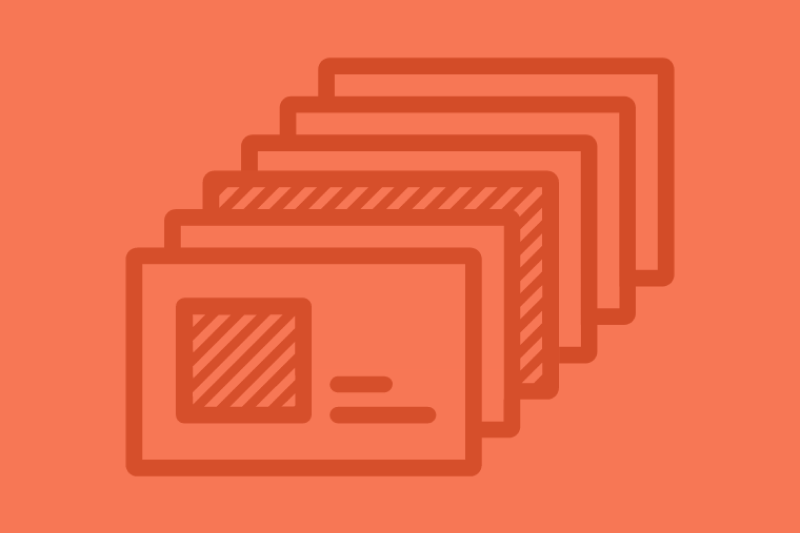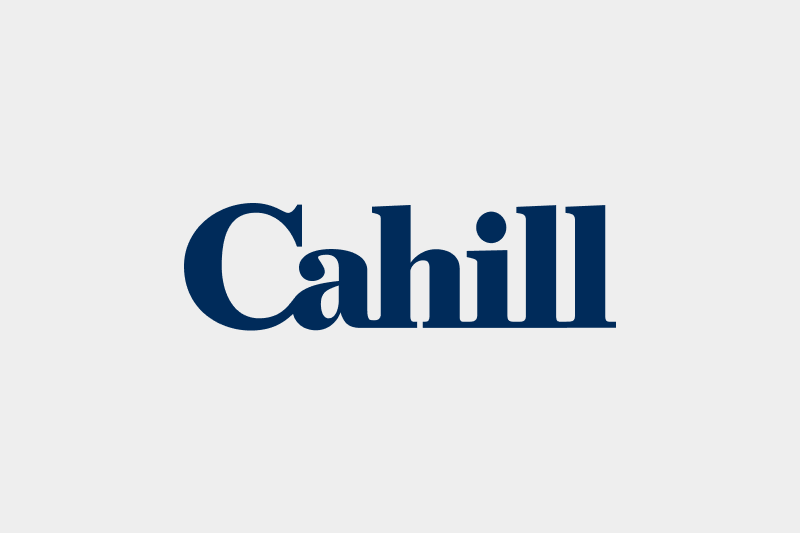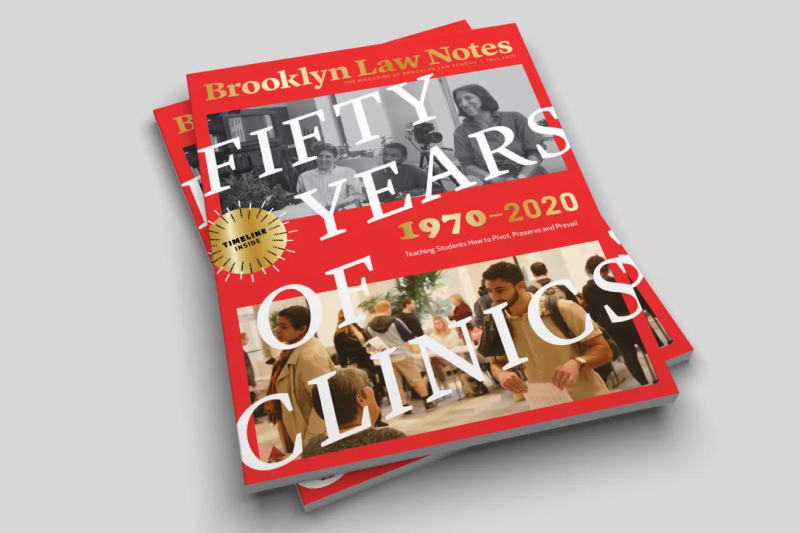

2020 has been quite a year…
This post is kind of dual-purpose. One is personal – to provide a sense of what we’ve seen during this pandemic in our day-to-day lives. We live and work in Manhattan, one of the most densely populated and hardest-hit parts of the United States, and perhaps the world. We’ve seen a lot.
The second is professional. As an operating business, we have been forced to adapt to the new normal of social distancing without compromising our company. We’d like to share those lessons, in the hope that others may find them helpful.
Personal first. It’s hard to summarize a change as rapid, as wrenching and as disorienting as the impact of COVID-19 on New York City. Our world, like everyone’s, became grimmer, less comfortable and included a kind of endless, distant – and sometimes not-so-distant – reminder that everyone was struggling, everyone was hurting, and some New Yorkers were losing everything.
For weeks and months, especially at night, the sound of sirens was constant. There was an ongoing feeling of displacement, of being a little adrift. Signs of the devastation were everywhere – for instance, on our morning runs, we saw refrigerated trucks parked near NYU Medical Center for the New Yorkers who didn’t survive the pandemic. And people we know personally have both lost loved ones and been ill themselves.
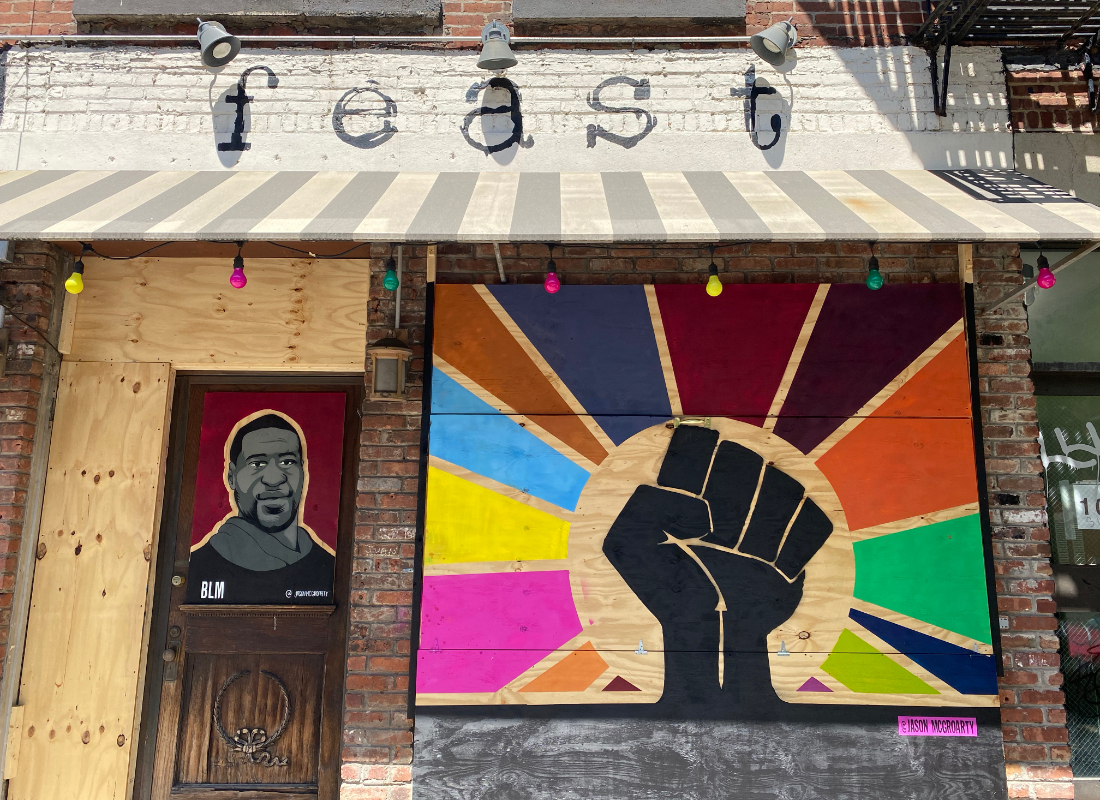
In addition to the Coronavirus, like everyone else in the country, we’ve also been affected by issues of racism, social justice and police conduct, which are especially acute in a city like New York. The protests and marches here were very large, but also orderly and restrained, which is a kind of tribute, I think, to our ability as New Yorkers to manage adversity and change.
The only real response to all this that made any sense was a kind of restorative caretaking. I believe we can be most effective on a more personal level, which counters some of the helpless feeling. So, we’ve become more aware of the social challenges and disparities our nation needs to overcome. When possible, we’ve volunteered to help those in need. We’ve made efforts to educate ourselves to understand racial issues, different perspectives and what the future should look like. Simply trying to become better humans helps.
The city is still like a movie where the sound and the video are slightly out of sync. If you live here, and have immersed yourself in the rhythm and energy of New York, you notice it. And there’s nothing to do, of course, but try to adapt. Our work demanded the same approach – we had to figure out a way to keep working, to keep delivering at the highest level for our clients, and for each other.
First of all, we doubled down on process, and workflow. Design is a collaborative undertaking, really. Although one person (me) is responsible for what ultimately goes out the door, everyone has to work closely together, share ideas and impressions, and operate as a team. It’s much harder to accomplish this when everyone’s working virtually, but figuring out how to do it was absolutely critical.
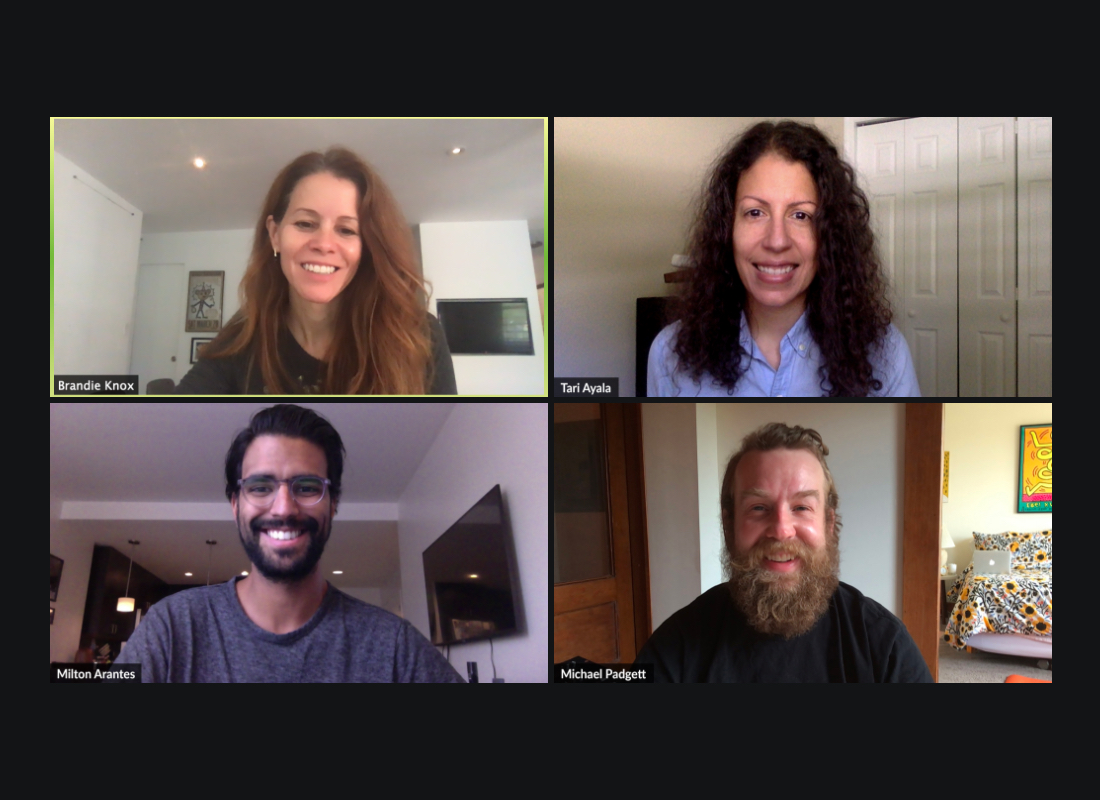
Lesson One: Prioritize process and workflow. Fortunately, we have Tari, our Creative Workflow Manager, whose job is to make sure that everybody’s communicating, that work’s getting done, and that bottlenecks and problems get spotted and resolved early.
Lesson Two: Formalize the formerly informal. We now have a minimum of three regularly scheduled critiques each week, where we look at client in-progress work and provide collaborative feedback. This is where we work through design problems as a team. Much of this used to be casual and informal (and in-person!), but now we’ve put it on calendars and scheduled it, to ensure that it happens, and to reinforce how important it is. We also Slack and Zoom at all times, as needed, throughout the day.
Lesson Three: Emphasize and formalize accountability. When nobody’s in the same place, it’s all too easy to just let things… slide. To prevent that, we have monthly one-on-ones where I meet with each team member directly. Now, more than ever, it’s essential that we connect individually to see how things are going – professionally and personally – as this period has been a struggle for us all. In addition, we set goals for the following month and check in on progress from the previous months’ goals. I also share my goals for the studio during our monthly team meetings.
And finally, Lesson Four: Overcommunicate with clients. We now do this to the point of being a little obsessive about it. Weekly, we have status calls with our incredible clients. Everyone’s in the same boat, so to speak. We love collaborating – and laughing – with you during our Zoom calls – whether it’s to discuss the costumes(!) a few of our clients have had the occasion to wear to our meetings or to discuss Brandie’s big hair… or Michael and Milton’s beards. Especially now, staying close to the people we do all this for is supremely important.
Hard as it is to believe, we’ve been working like this for six months now. I remember when this began, everyone thought it would last a few weeks. Nope. Maybe a month. Nope. And I’m incredibly proud of how well our team and clients have adapted. Nobody saw this coming, and in the beginning, nobody had any idea what to do. Now, to use a phrase I kind of hate, it’s the new normal. We wake up, we drink our coffee, we fire up Zoom, and we start another day of working together, apart. We’ve gotten good at this, and I’m sure you all have, too.
Yet, hopefully, some day in the future, two things will happen. First, the day will come when we don’t have to do this anymore.
And second? I hope we don’t forget the difficult, important lessons, especially about priorities, that we’ve all learned.
